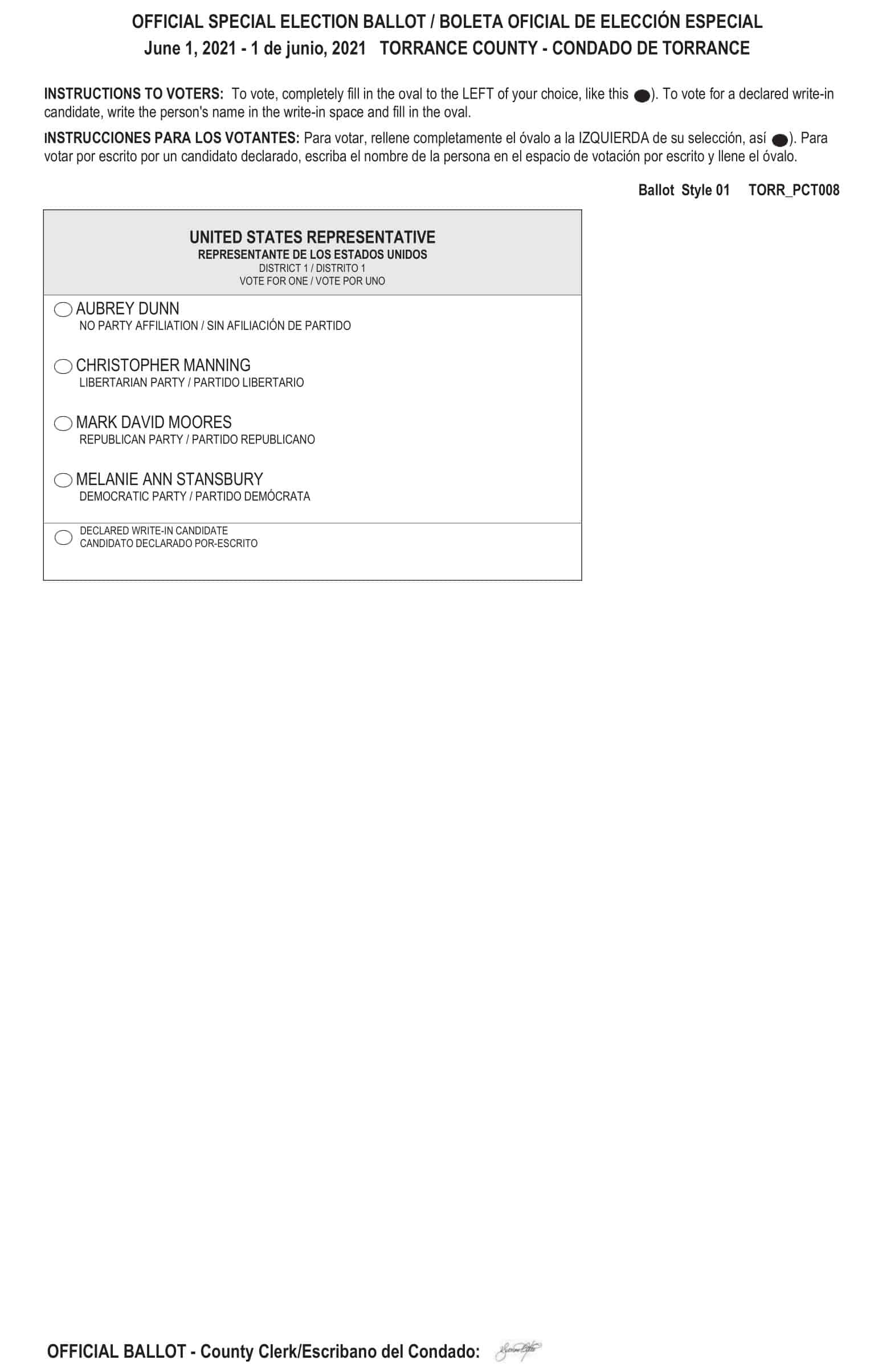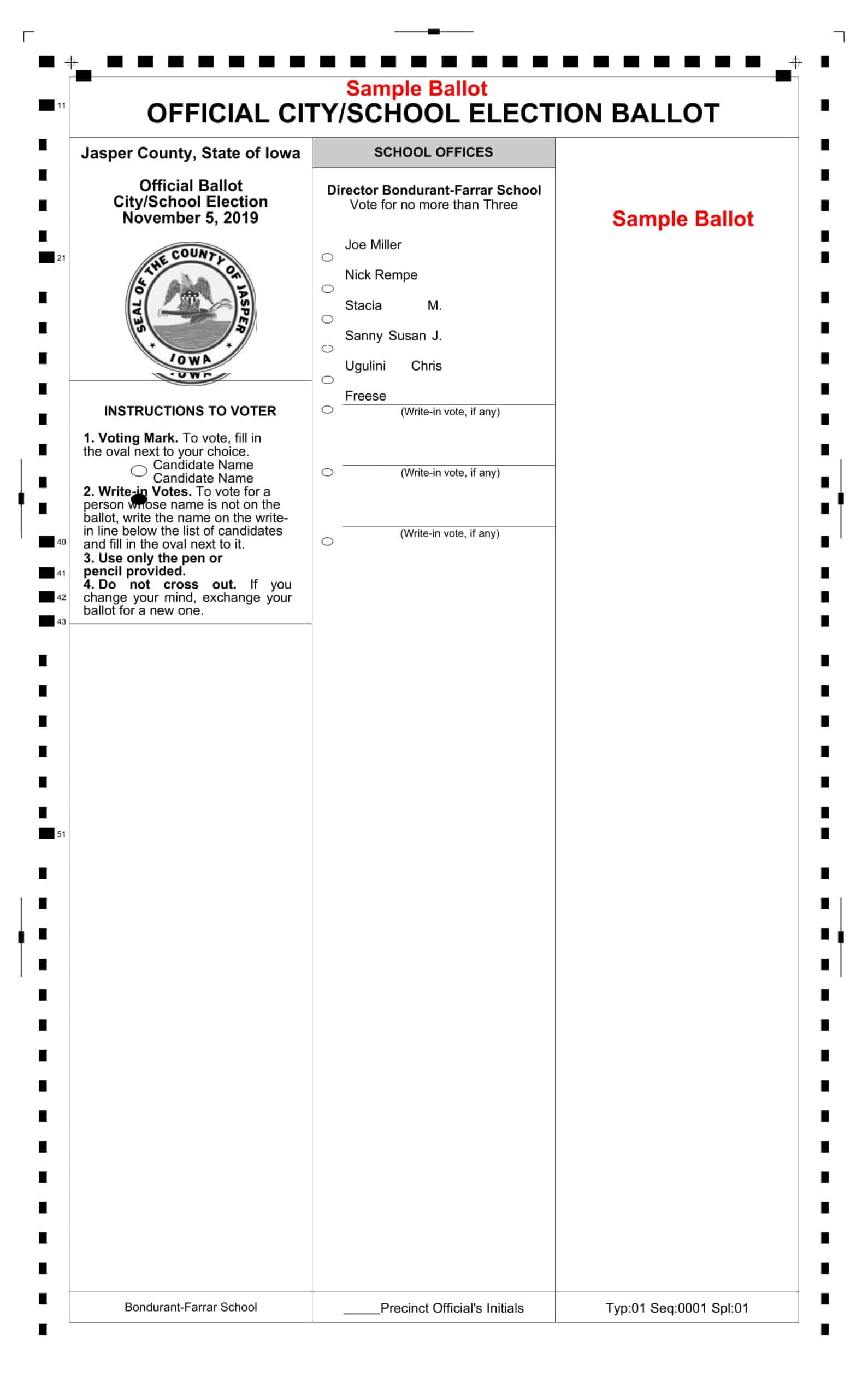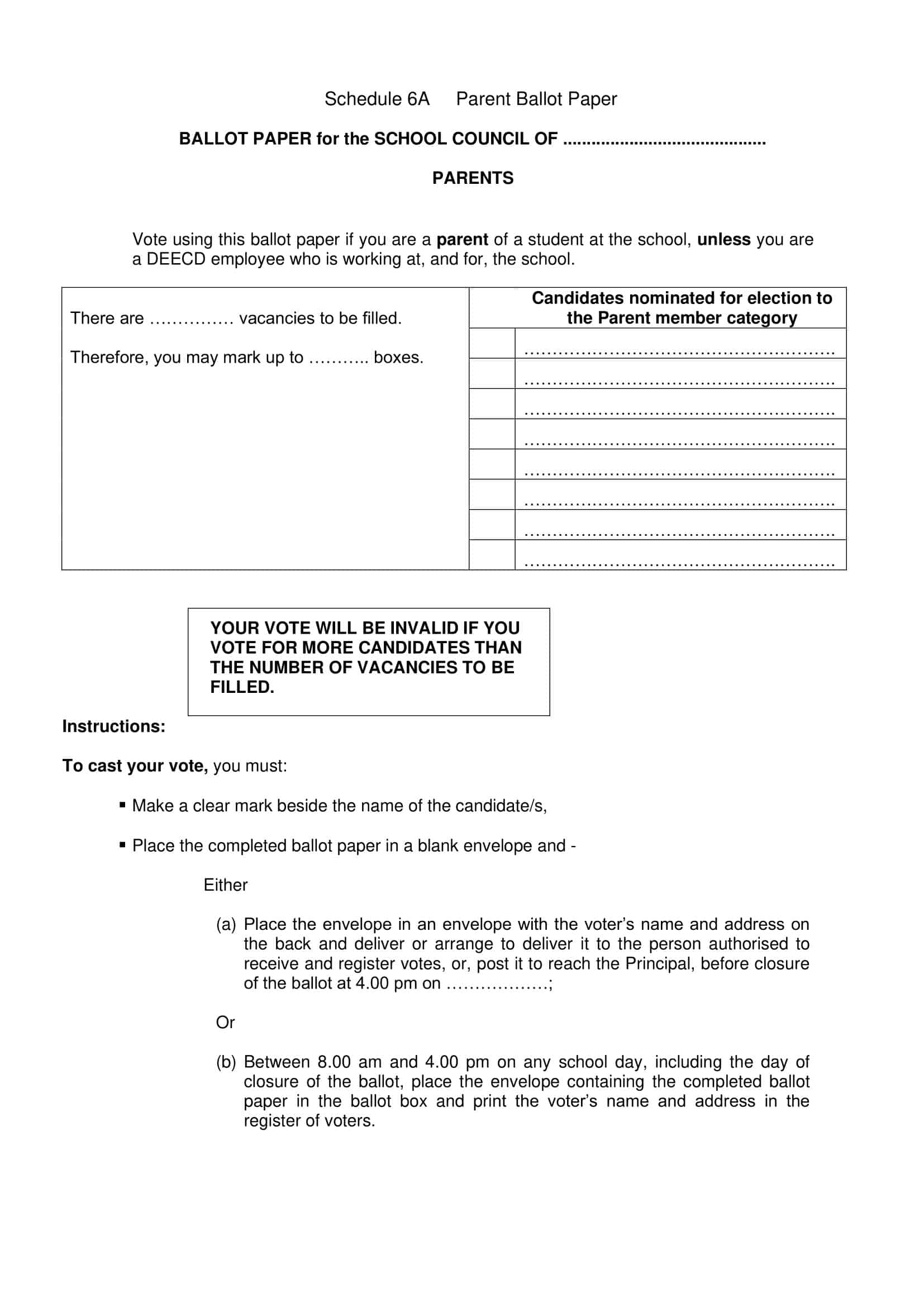A ballot template is a crucial tool used during the election process. It serves as the document that lists the candidates running for a specific position or various positions in one single ballot paper. The template guides voters on how to mark their choices, and it’s a simple and straightforward way for them to cast their vote.
Ballot templates are widely used in different types of elections, such as school, college, employee of the month, local resident welfare bodies, and any other organizations where positions need to be filled through an election process.
Table of Contents
Ballot Templates
Ballot Templates are pre-designed formats used in elections or voting processes to facilitate the casting and counting of votes in a consistent and organized manner. These templates provide a structured framework for presenting candidates, issues, or options to voters, ensuring clarity, uniformity, and accuracy in the voting process. Ballot Templates play a crucial role in promoting fair and transparent elections, enabling voters to make informed choices and facilitating the accurate tabulation of results.
Ballot Templates are crucial tools in democratic processes, providing a consistent and structured format for conducting elections or voting procedures. They promote fairness, transparency, and accuracy by presenting candidates or options clearly and facilitating the systematic tabulation of votes. By utilizing these templates, election organizers can streamline the voting process, minimize errors, and ensure that the will of the voters is accurately reflected in the final results. Ballot Templates play a vital role in upholding democratic principles and fostering trust in the electoral process.
Ballot Template Design

Designing a ballot template is a crucial step in ensuring a fair and accurate election process. Here is a detailed guide on how to design your ballot template:
Gather information: Before you begin designing your ballot template, gather all necessary information such as the names of the candidates, the positions they are running for, and any other relevant details.
Choose a layout: Decide on a layout for your ballot template that is clear, easy to read, and easy to understand. It is best to keep the layout simple and uncluttered, so that voters can easily find the information they need.
Add candidate information: Include the names of the candidates and the positions they are running for on the ballot template. Make sure to list them in a logical order, such as alphabetically by last name, to make it easy for voters to find the candidate they wish to vote for.
Provide instructions: Include clear and concise instructions on the ballot template to guide voters on how to mark their choices. Make sure to provide instructions on how to vote for more than one candidate in the case of multiple positions.
Include a space for write-in candidates: Some voters may want to write in a candidate who is not listed on the ballot template. It is important to include a space for write-in candidates on the ballot template so that voters can still cast their vote for their preferred candidate.
Add a unique identifier: Include a unique identifier such as a barcode or QR code on the ballot template to ensure the anonymity of the voter and to prevent fraud.
Test the template: Before finalizing the ballot template, test it with a small group of people to ensure that it is clear and easy to understand. Make any necessary changes based on feedback from the test group.
Print or create digital version: Once the ballot template is finalized, you can print it out or create a digital version of it. Make sure that the final version of the template is clear and legible.
Secure the template: Keep the template secure to prevent any unauthorized changes or fraud.
Distribute the template: Distribute the template to all relevant parties, such as the election commission, polling stations and voters.
Election Ballot Templates for the Blind
Election ballot templates for the blind are designed to make it easier for visually impaired individuals to vote independently and privately. These templates typically include braille labels or raised lettering to identify the candidates and ballot measures, and may also include tactile buttons or levers for making selections.
Some states also provide audio ballot-marking devices for the blind to use in voting booths. These devices allow the voter to listen to the ballot choices and make selections using buttons or a keypad. The goal of these templates and devices is to ensure that blind individuals have the same access to the voting process as sighted individuals.
How to Fill up Ballot Templates?
Filling up a ballot template typically involves marking your choices for the candidates and measures on the ballot. The specific instructions for filling out the template may vary depending on the type of template and the voting system in use. Here are some general steps that may be involved in filling out a ballot template:
Read the instructions
Make sure you understand the voting process and the different candidates and measures that you will be voting on.
Locate the correct template
Find the correct template for the election you are participating in.
Mark your choices
Use a pen or pencil to make a mark next to the candidates or measures you wish to vote for. Make sure your marks are clear and easy to read.
Check for errors
Before submitting your ballot, double-check that you have made your choices correctly and that your marks are clear and easy to read.
Submit your ballot
Once you are satisfied that your ballot is filled out correctly, submit it to the appropriate authority.
Note
If you are using an audio ballot-marking device, the process will be slightly different, as you will be listening to the options rather than reading them. But the basic steps of understanding the process, making choices, and submitting the ballot will be the same.
Debunking the Myths: Separating Fact from Fiction in Ballot and Voting Procedures
There are many misconceptions and misinformation surrounding the topic of ballots and voting. Here are a few examples:
Voter fraud is a widespread problem.
Despite repeated claims that voter fraud is a major issue, there is little evidence to support this claim. In fact, studies have shown that voter fraud is extremely rare and that the instances that do occur are typically the result of individual mistakes or errors rather than coordinated efforts to cheat the system.
Voter ID laws are necessary to prevent voter fraud.
Voter ID laws have been implemented in several states as a way to prevent voter fraud, but these laws have been criticized for disproportionately impacting minority and low-income voters who may not have easy access to government-issued identification. Additionally, voter ID laws have been shown to be ineffective at preventing voter fraud, as most instances of voter fraud do not involve people pretending to be someone else at the polls.
Mail-in voting is inherently insecure.
Mail-in voting has become a contentious issue in recent years, with some arguing that it is less secure than in-person voting. However, studies have shown that mail-in voting is just as secure as in-person voting, if not more so. Additionally, many states have implemented measures such as signature verification and postmark deadlines to ensure the integrity of mail-in ballots.
Electronic voting machines are prone to hacking and manipulation.
Electronic voting machines have been the subject of much controversy, with some claiming that they are vulnerable to hacking and manipulation. While it is true that any computerized system can be hacked, the risk of hacking and manipulation of electronic voting machines is minimal. Most electronic voting machines are not connected to the internet and are therefore not vulnerable to remote hacking. Additionally, many states have implemented rigorous security measures, such as pre-election testing and post-election audits, to ensure the accuracy and integrity of the voting process.
Dead people are voting.
The claim that dead people are voting is a common one, but it is not supported by evidence. While it is true that some people may die before an election and their names may still appear on the voter rolls, there is no evidence that dead people are casting ballots. Additionally, many states have processes in place to remove the names of deceased individuals from the voter rolls.
Illegal immigrants are voting in large numbers.
The claim that illegal immigrants are voting in large numbers is also not supported by evidence. Illegal immigrants are not eligible to vote and there is no evidence that they are doing so in significant numbers. Additionally, many states have implemented measures to ensure that only legal citizens are able to register to vote.
The voting machines are rigged.
Some people believe that the voting machines themselves are rigged to favor certain candidates or parties. This is not true. Voting machines are carefully tested and audited to ensure that they are accurate and unbiased. Additionally, many states have implemented measures such as post-election audits to ensure the integrity of the voting process.
The vote counting is rigged.
Some people believe that the vote counting process is rigged to favor certain candidates or parties. This is not true. The vote counting process is carefully overseen by neutral and impartial officials, and is often observed by representatives from both major political parties. Additionally, many states have implemented measures such as post-election audits to ensure the accuracy of the vote count.
FAQs
What is a Ballot?
A Ballot is a device used to record choices made by voters. Each voter uses one ballot, and the ballot details one or more choices to the voter, in which they can make a single choice or multiple choices depending on the election.
How are Ballots used in elections?
Ballots are used to allow voters to select their preferred candidate(s) or answer yes or no to propositions. Once completed, ballots are collected and counted to determine the outcome of the election.
Are there different types of Ballots?
Yes, there are several types of ballots, including paper ballots, electronic ballots, and mail-in ballots. The type used often depends on the location and nature of the election.
How can I get a mail-in Ballot?
In many states, registered voters can request a mail-in ballot from their local election authority. The exact process and deadlines vary by state.
Is it safe to vote using a mail-in Ballot?
Yes, mail-in voting has been used in the U.S. for decades and has been shown to be secure. Voters should follow all instructions carefully and ensure they send their ballot in by the deadline.
How are Ballots counted?
The method of counting depends on the type of ballot. Paper ballots might be counted by hand or scanned into a machine, while electronic ballots are tallied electronically.
What if I make a mistake on my Ballot?
If voting in person and you make a mistake, you can request a new ballot from an election official. If voting by mail, follow the instructions provided, which may direct you to request a new ballot.
How can I ensure my Ballot is counted?
Follow all instructions carefully, ensure you’re registered to vote, and submit your ballot by the required deadline. If voting by mail, some jurisdictions provide tracking options to see when your ballot is received and counted.
Are Ballots anonymous?
Yes, ballots are designed to ensure the anonymity of the voter. While mail-in ballots might have identifiable information on the outer envelope, this is separated from the actual ballot before counting.
What happens if there’s a tie in the number of votes?
The procedure for handling ties varies by jurisdiction and the nature of the election. It could result in a coin toss, drawing lots, a runoff election, or another method as specified by local or state laws.
























































![Free Printable Roommate Agreement Templates [Word, PDF] 1 Roommate Agreement](https://www.typecalendar.com/wp-content/uploads/2023/06/Roommate-Agreement-150x150.jpg)
![Free Printable Credit Card Authorization Form Templates [PDF, Word, Excel] 2 Credit Card Authorization Form](https://www.typecalendar.com/wp-content/uploads/2023/06/Credit-Card-Authorization-Form-150x150.jpg)
![Free Printable Stock Ledger Templates [Excel,PDF, Word] 3 Stock Ledger](https://www.typecalendar.com/wp-content/uploads/2023/08/Stock-Ledger-150x150.jpg)
